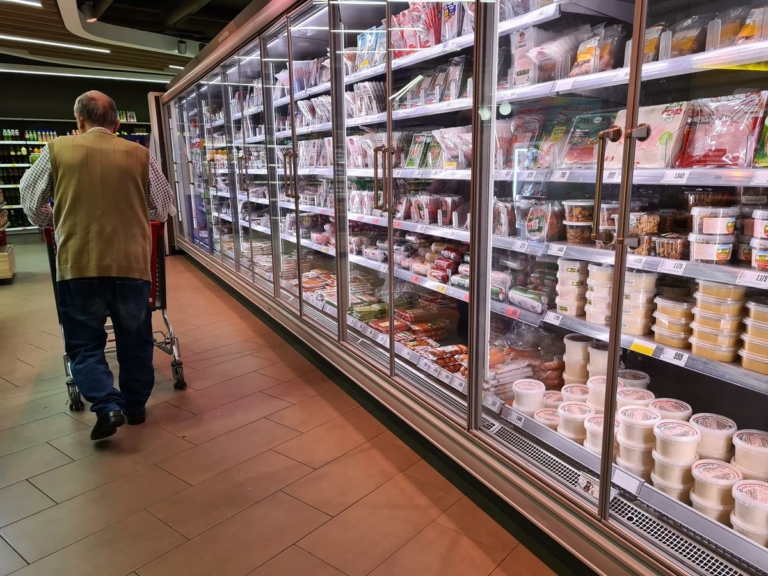food
Quantity restrictions at major supermarket chain in Hungary immediately after price cap scrapping
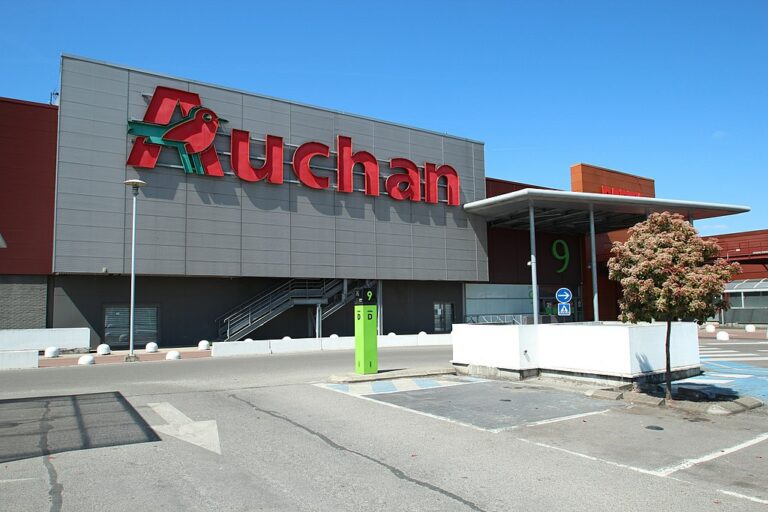
PHOTOS: Here is the Cake of Hungary!

Unbelievable: Egg prices drop dramatically in one day in Hungary
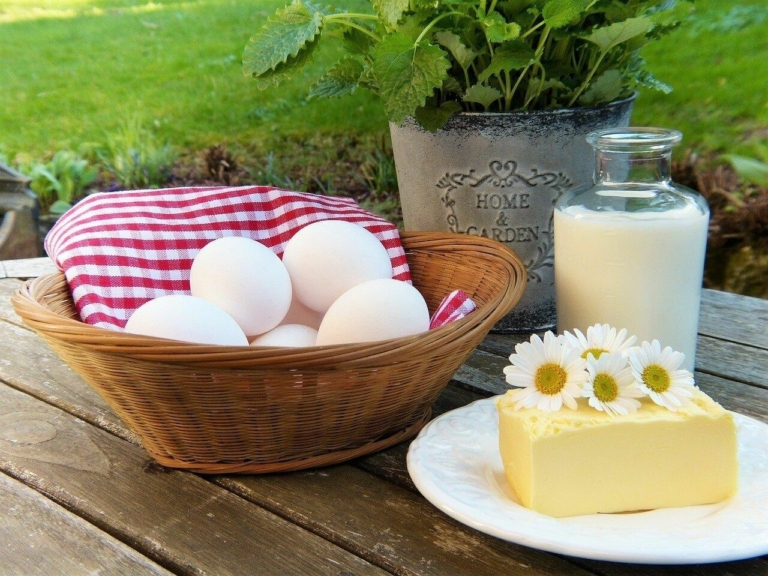
Famous Budapest restaurant reopens with Michelin star chef – PHOTOS

Price cap scheme ends after 17 months, significant price drops come in Hungary

Perfect picnic spots in Budapest part II
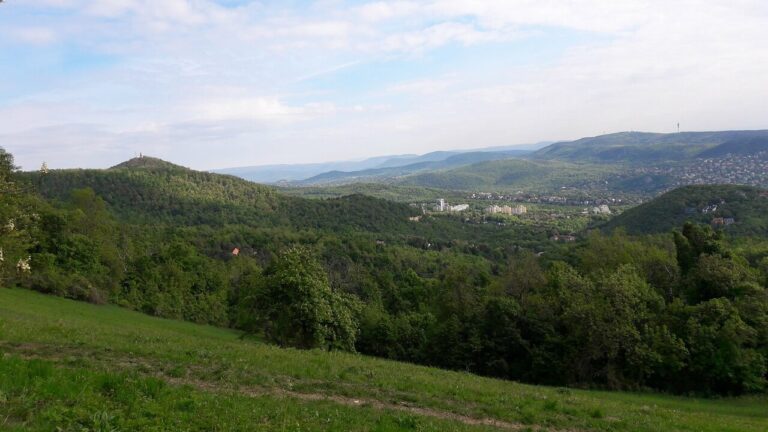
Stomach-churning video: two tonnes of expired food found in a restaurant on Lake Balaton
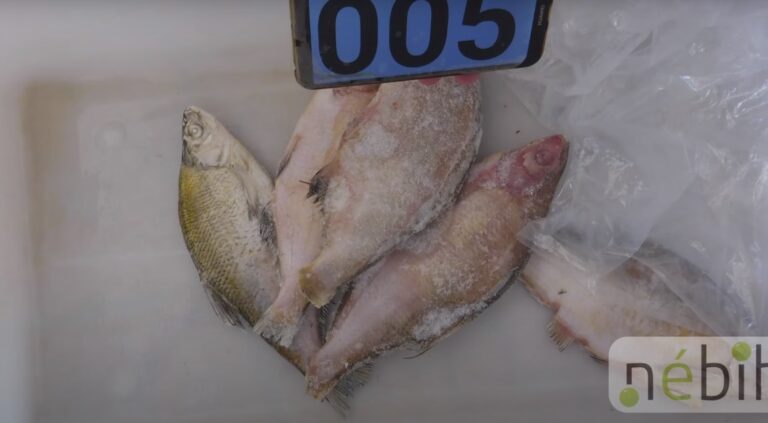
Hungarian Economic development minister meets Uzbek industry and trade minister

Do people tip in Hungary or not?
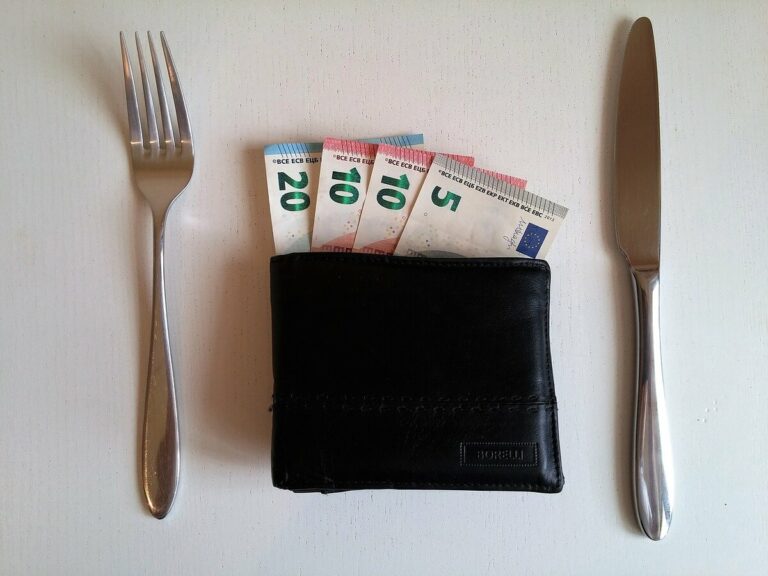
Hungary and Japan sign close nuclear cooperation agreement
Hungary and Japan have sealed an agreement on nuclear industrial cooperation aimed at ensuring that nuclear energy remains a key...
I came to Budapest with Spago to learn more from the Hungarians – Exclusive interview with star chef Wolfgang Puck
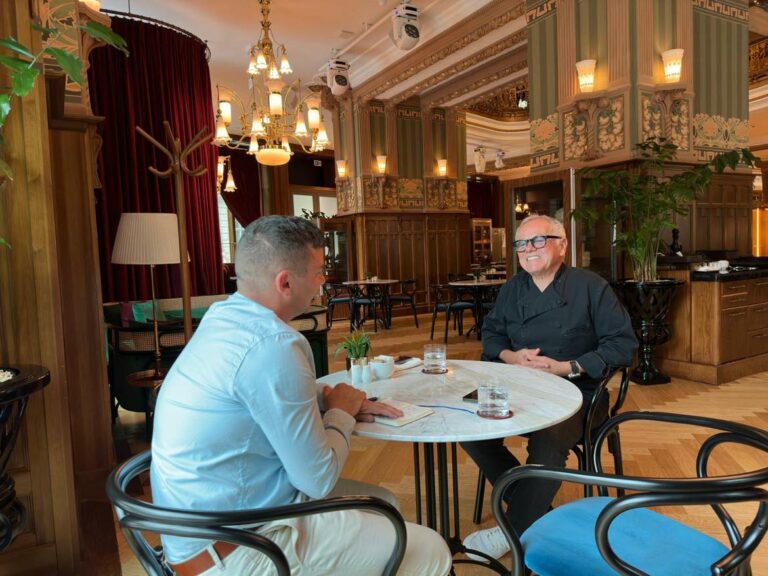
Try these tempting artisan ice cream shops in Budapest

Hungarians flock to Romania to shop, say everything is cheaper there
Food has become so expensive in Hungary that many people would rather travel not only to Slovakia but also to...
Budapest is one of the best picnic spots in Europe – discover the loveliest places in the city

Hungary industrial output down 6.9 pc in May

Hungarian inflation is still sky-high, but what is behind it?

Here is the Ice Cream of the Year in Hungary!
In 2023, the Hungarian Confectionery Industry Association (Magyar Cukrász Ipartestület) has organised the 25-year-old and very popular Ice Cream of...
Good news: Sharp food price decreases in Hungary
